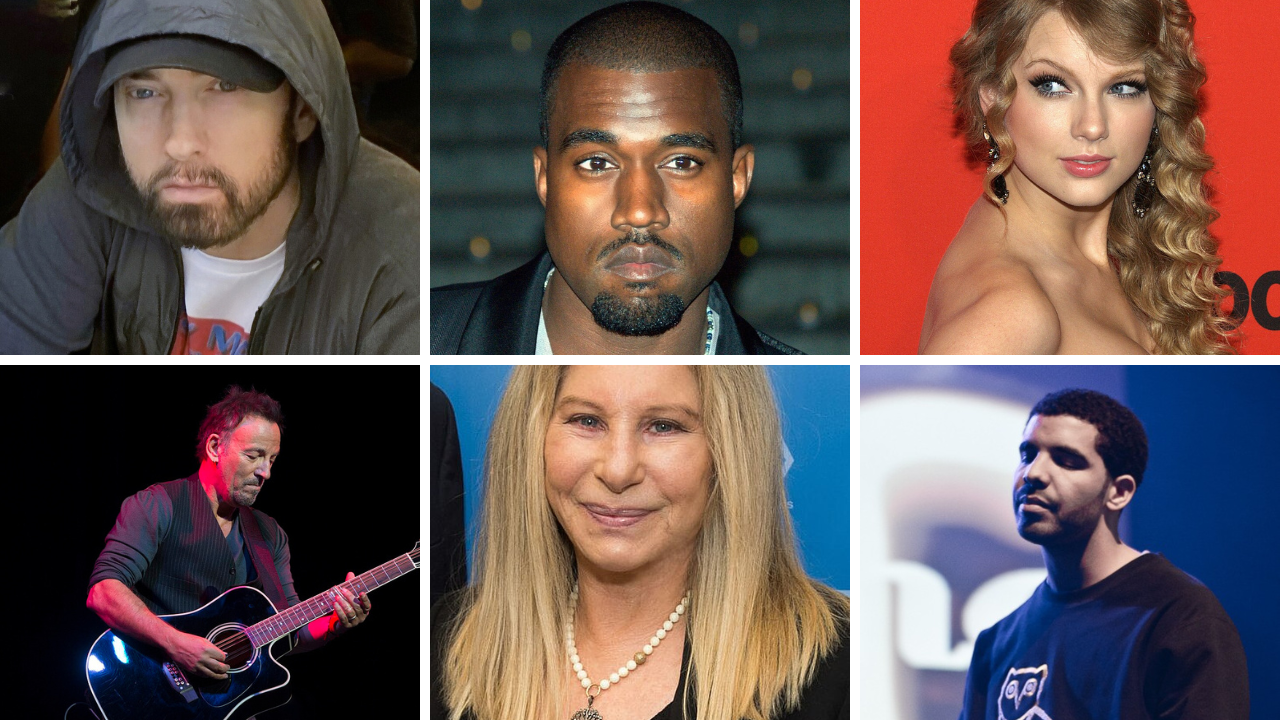Chart crowns come and go, yet stacking double-digit No. 1 albums marks a level of trust that outlives formats. Since 1956, the Billboard 200 has tracked how the country actually listens, from vinyl stacks to streaming surges. Only a handful of acts have crossed the 10-album summit. Their paths differ, but the pattern holds: relentless output, crisp reinvention, and a knack for turning release day into an event. The numbers impress; the staying power explains them.
Bruce Springsteen — 11 No. 1 Albums
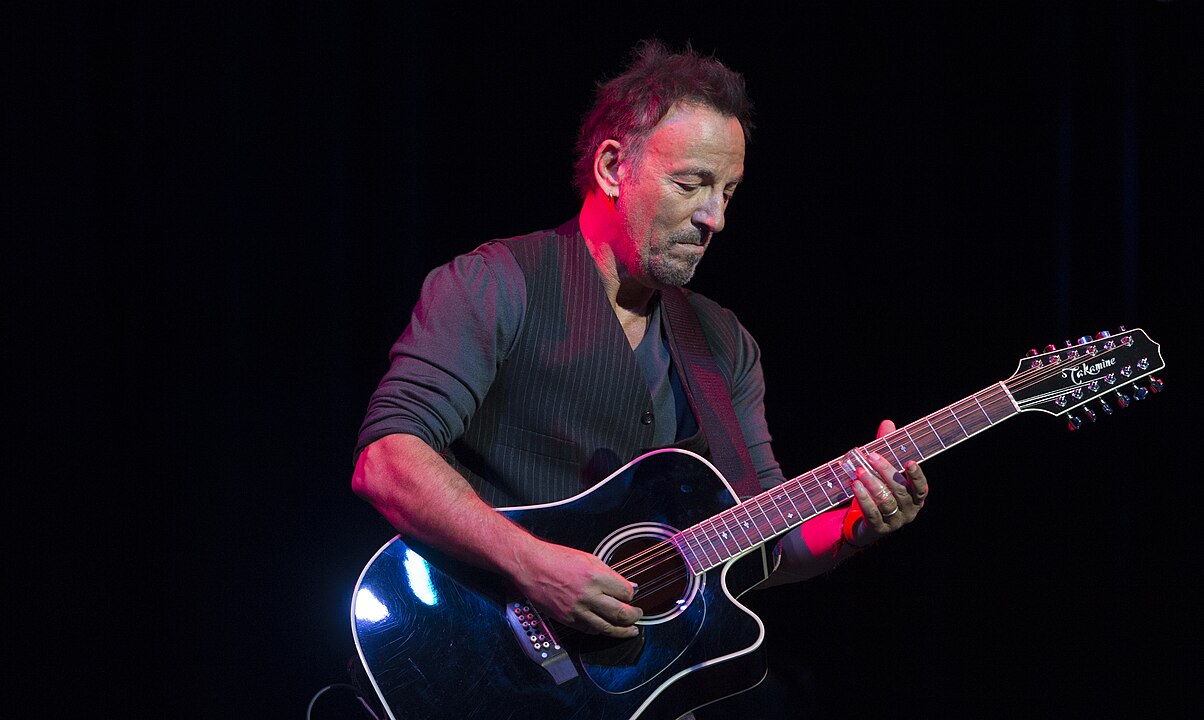
Springsteen’s first No. 1 arrived with “The River” in 1980; “High Hopes” in 2014 made it 11. The gap says everything about pace and endurance. He treats albums as complete thoughts—stories built for highways, not just hooks for charts. Live shows feed the catalog, box sets deepen the myth, and even quiet releases land with intention. Without a Hot 100 No. 1, he still owns the long game, proof that narrative and sweat keep listeners returning.
Barbra Streisand — 11 No. 1 Albums

From “People” in 1964 to “Encore” in 2016, Streisand notched No. 1s across 51 years, a span almost no one touches. The pivot from classic pop to Broadway duets looked effortless because the voice stayed centered and the curation stayed sharp. She reads the room, honors nostalgia, and refuses filler. For decades she set the women’s benchmark, then kept singing past it. The throughline is polish and control, delivered with timing that never chases a fad.
Kanye West — 11 No. 1 Albums
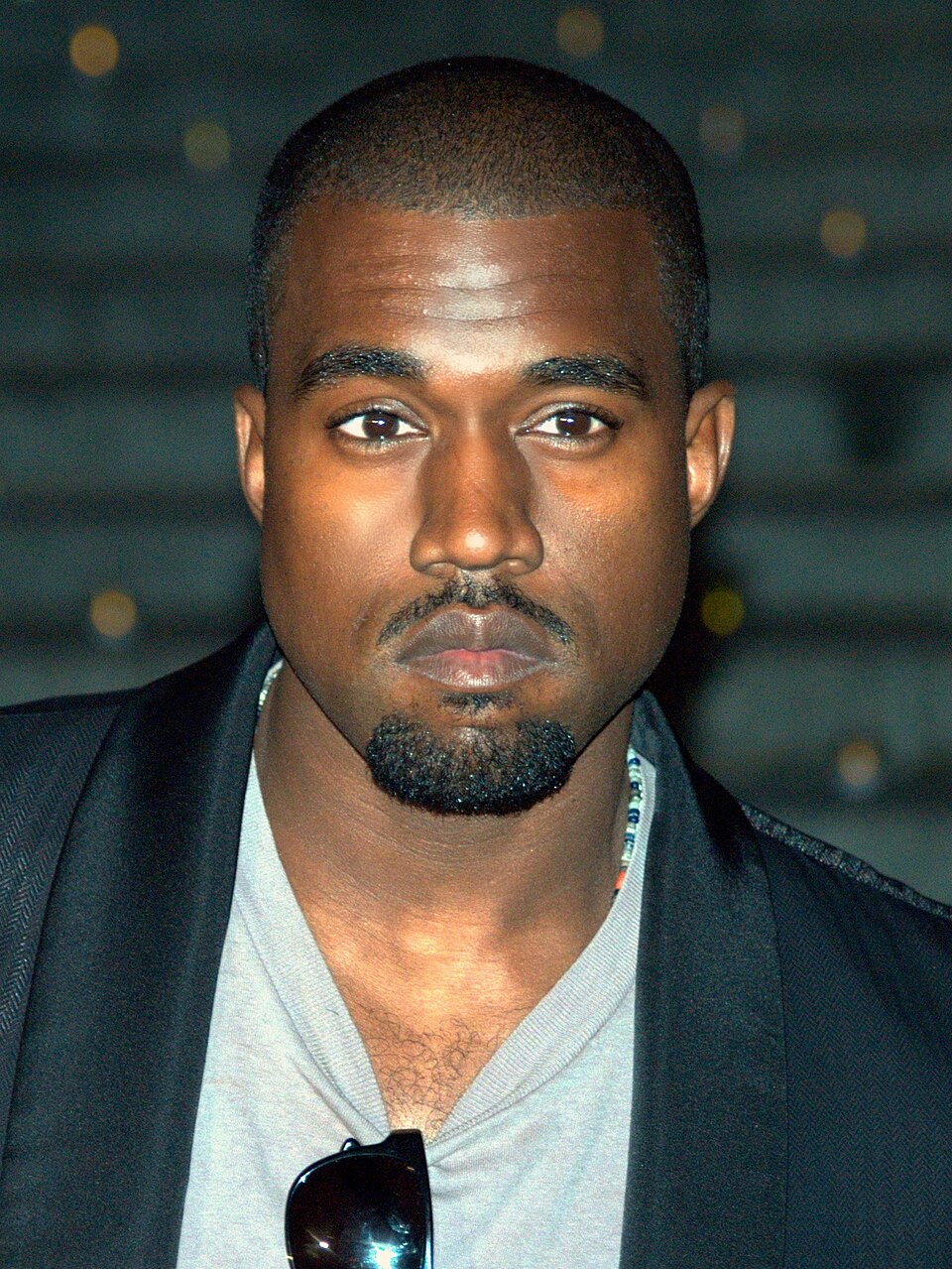
From “Late Registration” in 2005 to “Vultures 1” in 2024 with Ty Dolla $ign, he posted 11 straight No. 1s. The sound shifts—chipmunk soul, 808s confessions, industrial edges—but the album remains an event, built to spark debate and then outlast it. Rollouts bend culture; sequencing carries the weight. Whatever the storm around the headlines, the catalog keeps moving units because the risk lives in the music, not just the marketing.
Eminem — 11 No. 1 Albums

A million first-week sales for “The Marshall Mathers LP” set a bar few could clear. Two decades on, “Music to Be Murdered By” and “The Death of Slim Shady” pushed the total to 11. He toggles personas, sharpens wordplay, and drops when the room least expects it, keeping attention on the records, not the calendar. In a singles market, he still builds full arcs—verses that reward replays and hooks that hit hard at volume.
Future — 11 No. 1 Albums
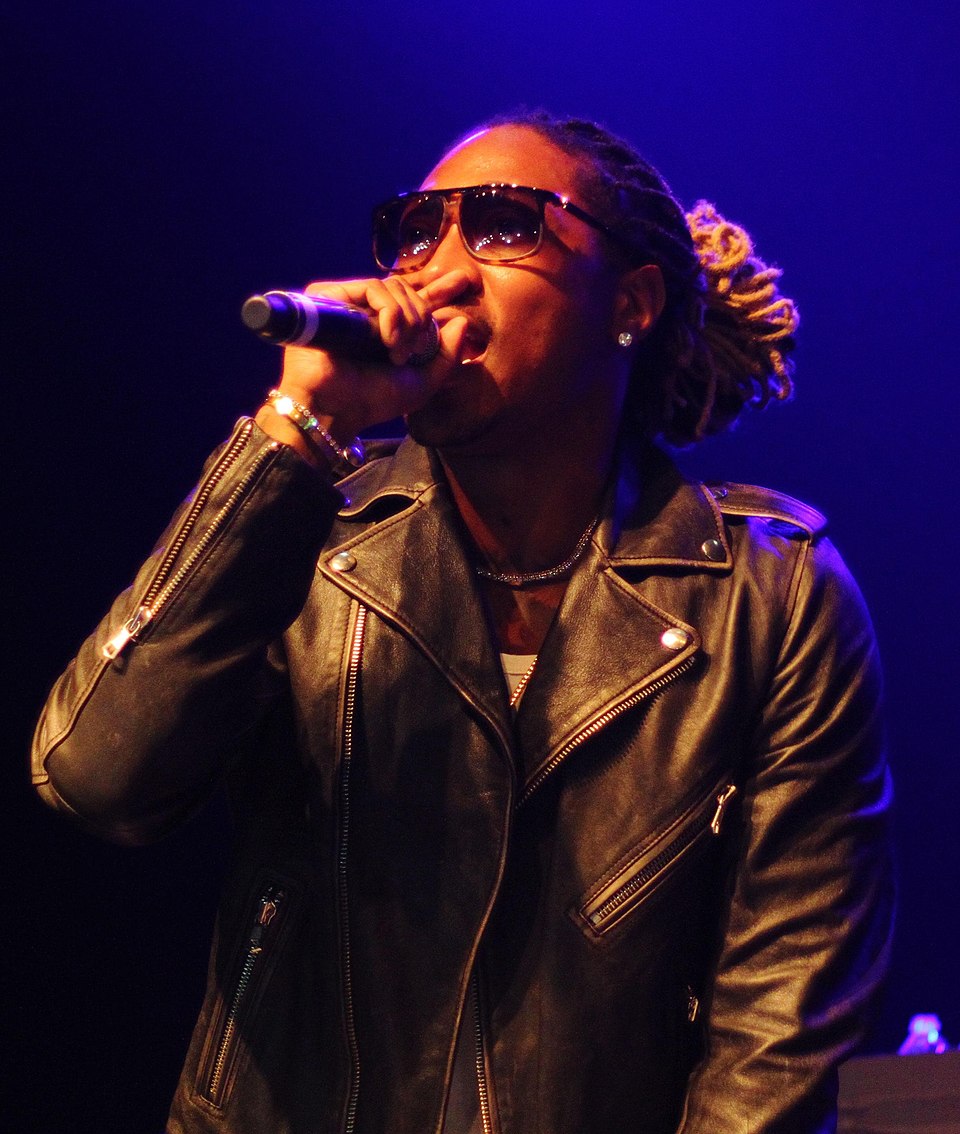
“DS2” crowned in 2015 and never really left, living on the chart for years. In 2024 he sprinted: “We Don’t Trust You,” “We Still Don’t Trust You,” and “Mixtape Pluto” all hit No. 1 within six months. Collabs fuel the headlines; the solo voice stays unmistakable—melodic, moody, prolific. He treats output like seasons, letting momentum do the heavy lifting. When the catalog is this deep, each new entry feels inevitable.
Jay-Z — 14 No. 1 Albums
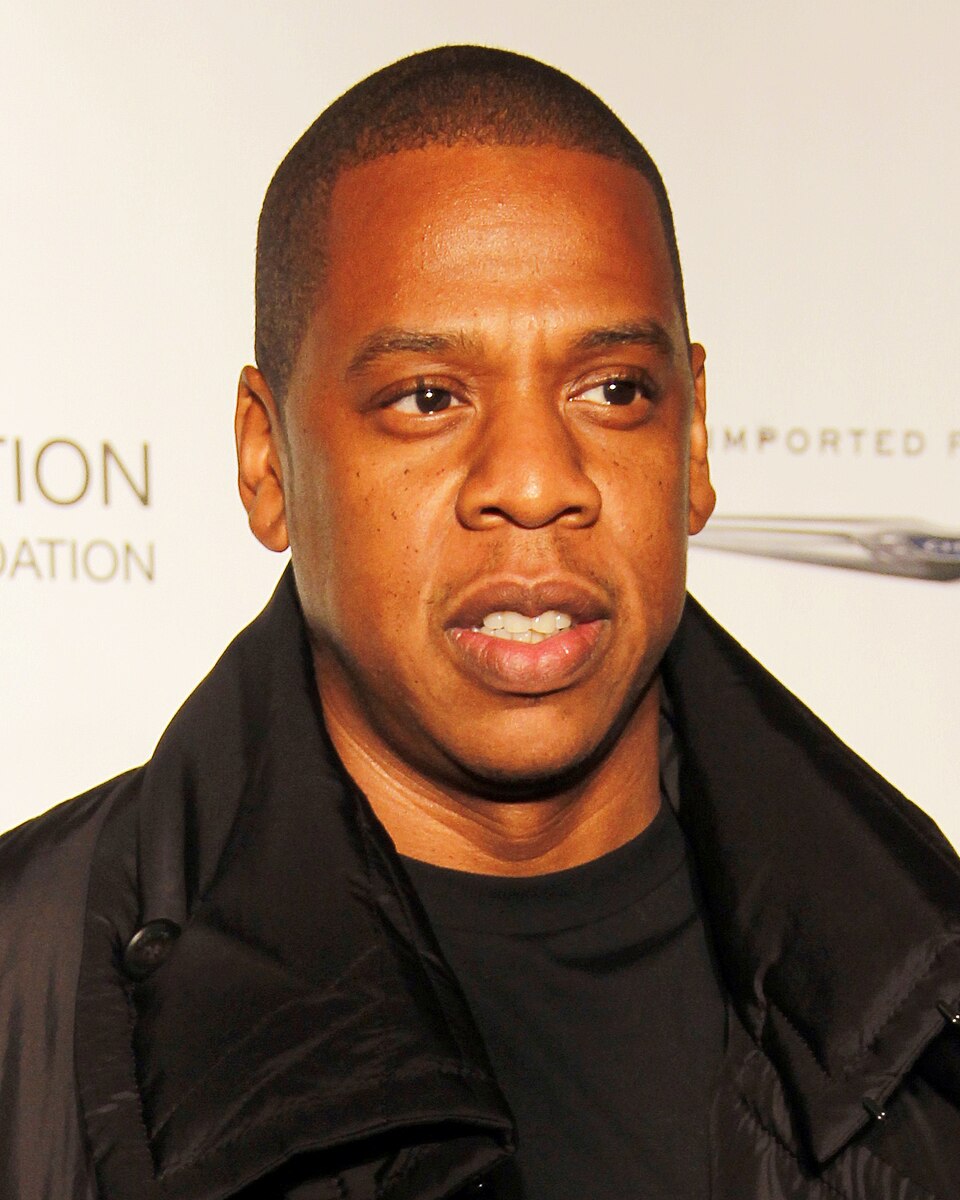
Starting with “Vol. 2… Hard Knock Life” in 1998, Jay-Z built a solo record of 14 that defined consistency. “4:44” swapped flex for reflection without losing force, a grown pivot that still topped the chart. He turns releases into appointments—tight tracklists, smart samples, and narratives that double as ledgers. Across CDs, downloads, and streams, the brand holds because the albums do. Every chapter lands like a statement, then lingers like a lesson.
Drake — 14 No. 1 Albums
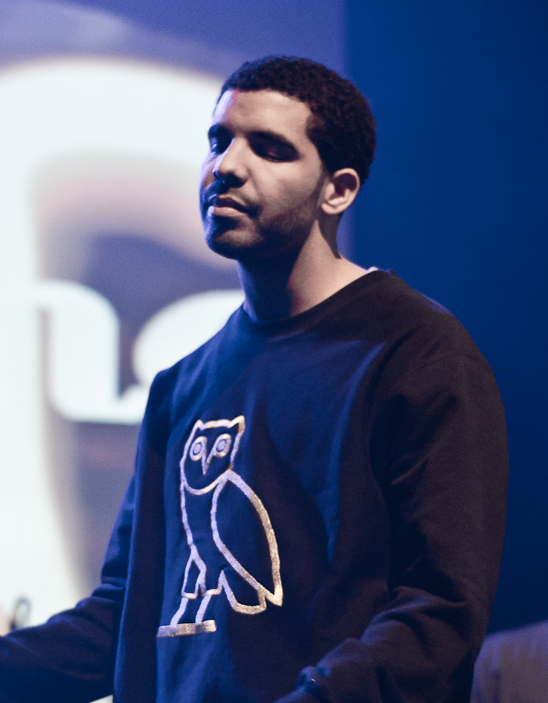
From “Thank Me Later” in 2010 to 2025’s PartyNextDoor collab, he gathered 14 No. 1s while blurring lines between albums, mixtapes, and playlists. The formula is clear: stay present, bend trends first, and build projects that feed singles without feeling disposable. He treats ubiquity as a craft, not a side effect. Tied with Jay-Z among solo artists, he turned consistency into a kind of gravity—always releasing, always charting, always in reach.
Taylor Swift — 15 No. 1 Albums

All but her debut reached No. 1, starting with “Fearless” in 2008. The “Taylor’s Version” rerecords topped the chart too, turning ownership into both business plan and art project. In 2025, “The Life of a Showgirl” posted the biggest sales week on record and became her 15th No. 1, extending the women’s mark and clearing past solo peers. The playbook pairs narrative control with meticulous packaging, then lets touring multiply demand.
The Beatles — 19 No. 1 Albums
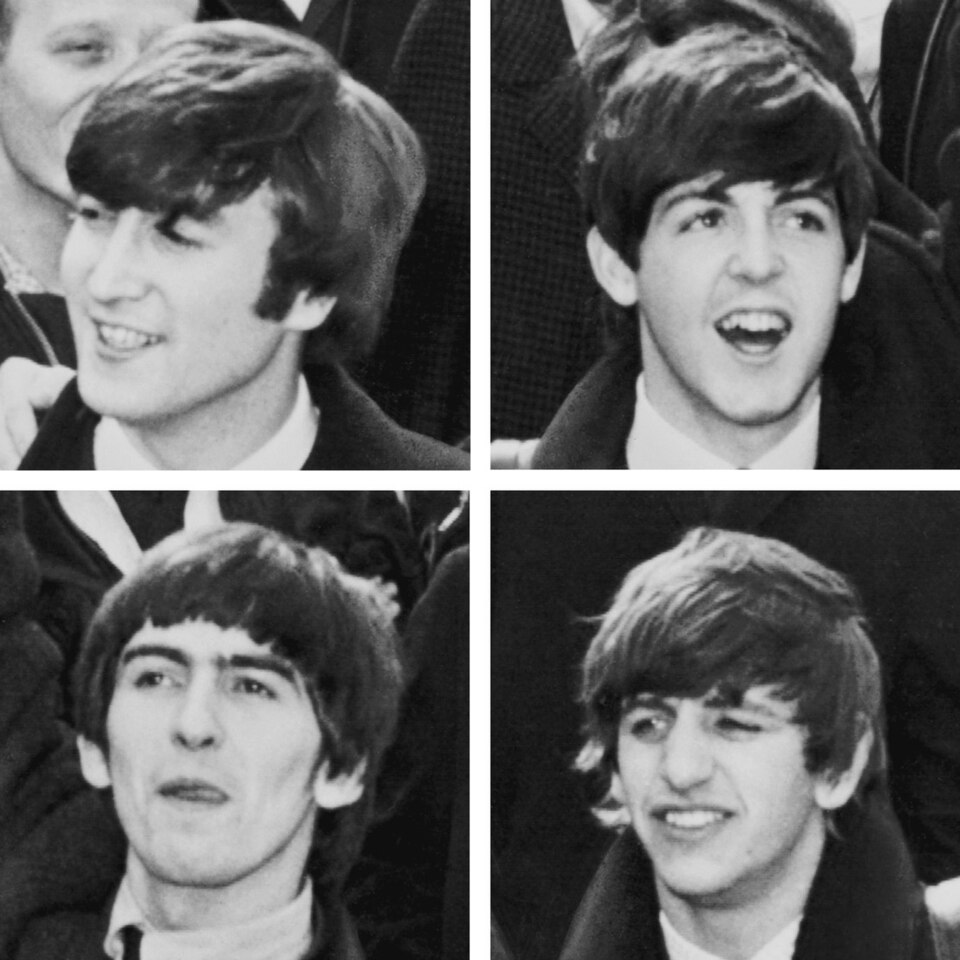
From “Revolver,” “Sgt. Pepper’s,” and “Abbey Road” to the 2000 compilation “1,” the Beatles hold the summit with 19 No. 1 albums. The songs keep cycling back because the writing still works—hooks that teach themselves in a minute, chords that feel inevitable. Stewardship matters too: new mixes, careful reissues, and a steady welcome for new ears. Even solo echoes reinforce the pull. The number stands like a skyline, visible from every decade.
